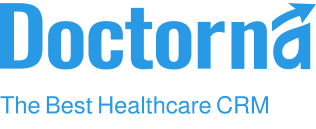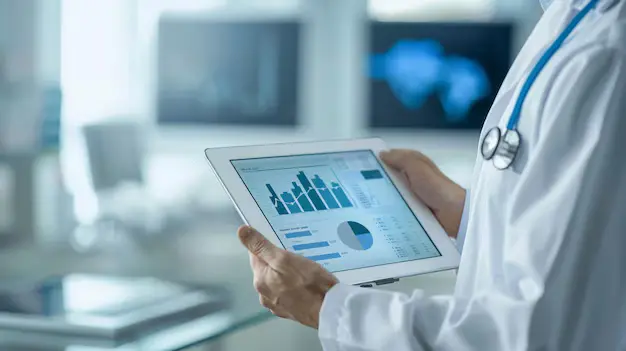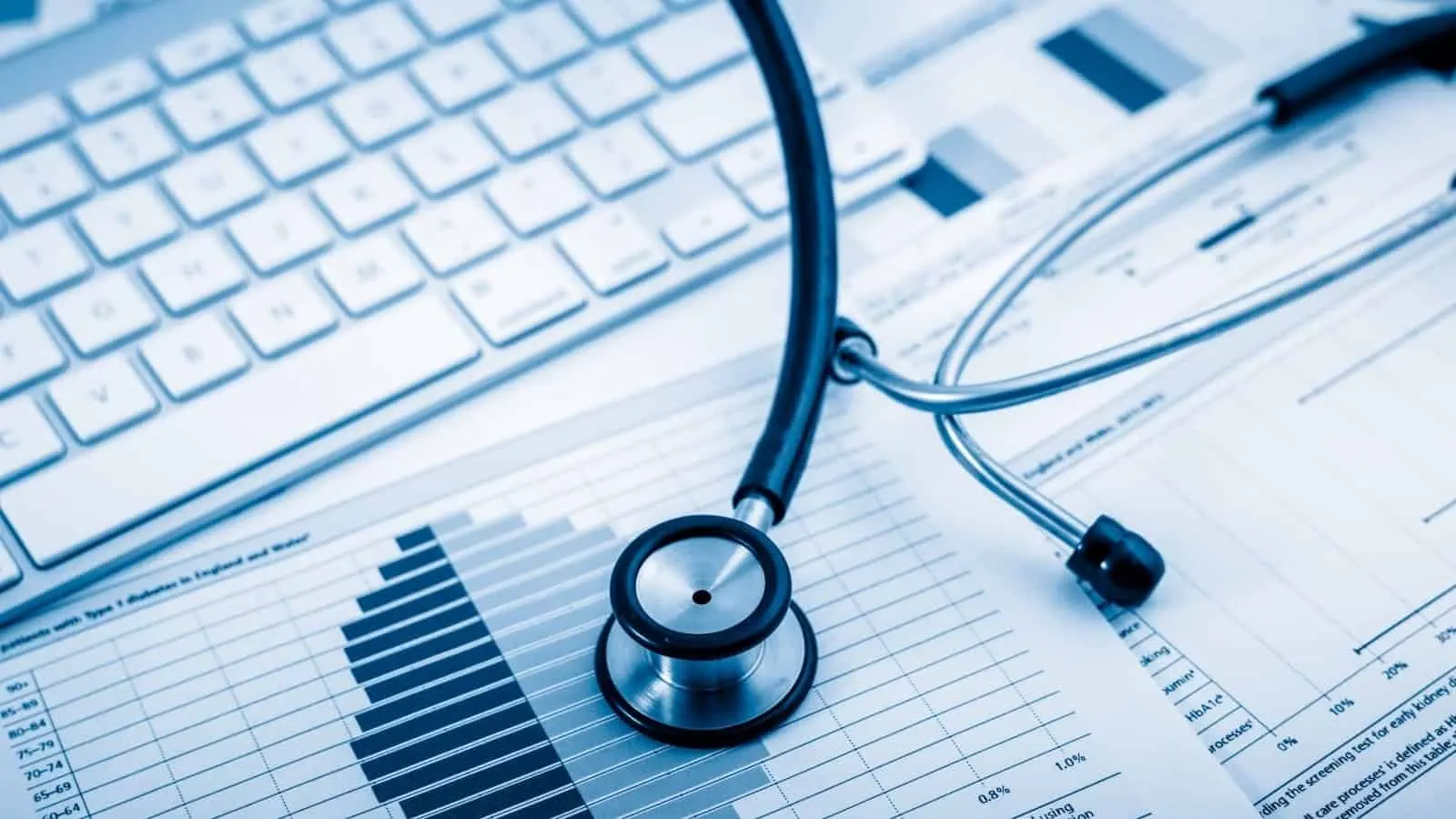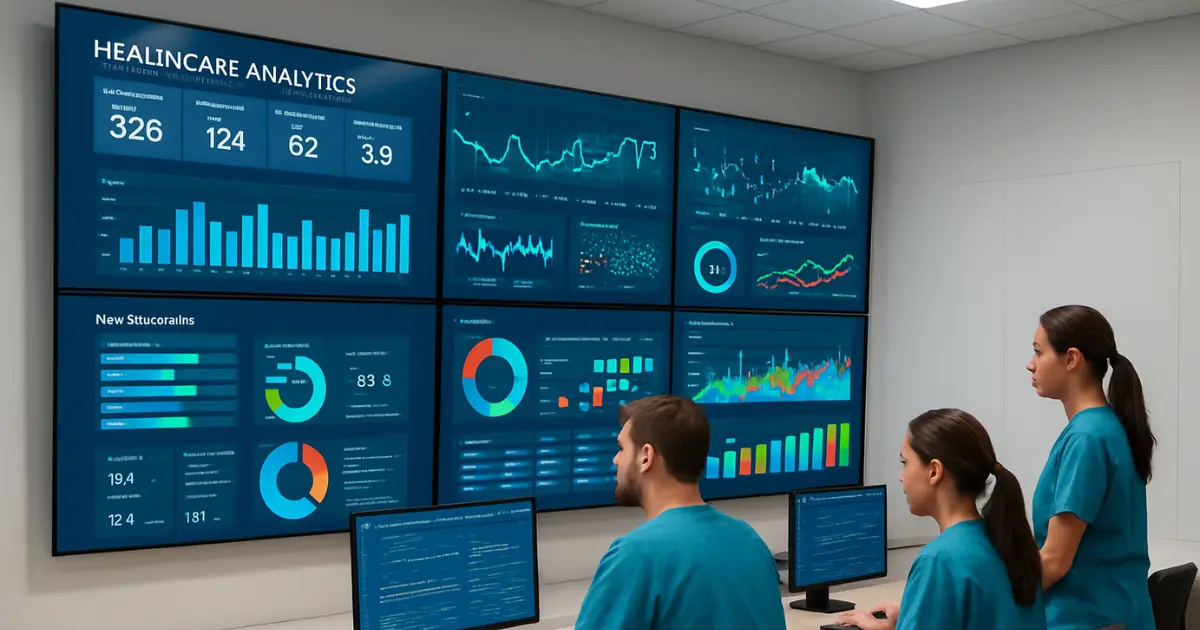In today’s data-driven healthcare environment, success depends not only on providing quality patient care but also on how effectively organizations can use data to improve operations, marketing, and patient engagement. Healthcare CRM (Customer Relationship Management) systems play a crucial role in this transformation. They gather, organize, and analyze patient information to give healthcare providers deeper insights into their patients, services, and business performance.
But beyond storing contact details or appointment records, modern healthcare CRMs are powerful analytical tools that provide detailed reports and dashboards—helping decision-makers track key performance indicators, enhance patient satisfaction, and streamline marketing and administrative processes.
Let’s explore the key reports and analytics that a healthcare CRM provides and why they are essential for improving both patient experience and organizational efficiency.
1. Patient Demographics and Segmentation Reports
Every healthcare organization serves a diverse range of patients, each with unique needs, preferences, and behaviors. A Patient Demographics Report helps identify who these patients are—analyzing factors such as age, gender, location, income level, and treatment type.
By using CRM analytics to segment patients based on these factors, healthcare marketers and administrators can:
- Develop personalized communication and engagement strategies.
- Identify underserved demographics or areas for outreach.
- Tailor services to the unique needs of specific patient groups.
For example, a clinic might discover that 60% of its patients seeking cosmetic dermatology treatments are women between the ages of 25–40. This insight can inform targeted marketing campaigns and guide investment in services or equipment that appeal to that audience.
2. Appointment and Scheduling Reports
Efficiency in scheduling is vital for both patient satisfaction and clinic profitability. A Scheduling Report generated by a healthcare CRM provides detailed insights into:
- Daily, weekly, and monthly appointment volumes.
- No-show and cancellation rates.
- Patient wait times and rescheduling frequency.
With this data, healthcare providers can identify trends and bottlenecks. For example, if the CRM shows high cancellation rates for afternoon slots, the practice might adjust staff scheduling or implement automated reminders to reduce no-shows. Over time, these small improvements can lead to significantly higher operational efficiency.
3. Patient Engagement and Communication Reports
Modern patients expect timely, personalized, and empathetic communication from their healthcare providers. CRM analytics help measure how effectively an organization engages with its patients through Engagement Reports.
These reports track metrics such as:
- Email and SMS open rates.
- Response times to patient inquiries.
- Participation in wellness campaigns or health programs.
- Feedback from post-appointment surveys.
Such analytics allow healthcare marketers to understand which communication strategies work best. For example, if engagement data shows higher open rates for educational newsletters than for promotional messages, the marketing team can adjust its approach to focus more on patient education.
4. Marketing and Campaign Performance Reports
Healthcare marketing is no longer limited to billboards and brochures. Digital marketing campaigns—through email, social media, and search ads—are now central to reaching potential patients. A Healthcare CRM with marketing analytics provides comprehensive reports on campaign performance, including:
- Lead generation and conversion rates.
- Cost per lead or acquisition.
- Source attribution (e.g., website, social media, referrals).
- Campaign ROI and engagement metrics.
These insights allow healthcare organizations to evaluate which marketing channels deliver the best results and allocate budgets more effectively. For instance, if a Facebook campaign generates twice as many appointment bookings as Google Ads at a lower cost, marketing resources can be redirected accordingly.
5. Revenue and Financial Reports
A healthcare CRM isn’t just about patient management—it also helps track the business side of healthcare. Revenue Reports and Billing Analytics give administrators a clear picture of financial performance by tracking:
- Revenue by department or service.
- Outstanding payments and patient billing trends.
- Cost per appointment or patient acquisition.
- Profitability by treatment or physician.
These analytics make it easier for healthcare organizations to identify their most profitable services, detect inefficiencies, and plan for sustainable growth. When integrated with accounting or ERP systems, CRM reports can also provide real-time updates on financial performance, improving strategic decision-making.
6. Patient Satisfaction and Feedback Analytics
Patient feedback is the foundation of service improvement. A healthcare CRM can automate the collection and analysis of feedback through surveys and reviews. Satisfaction Reports highlight patterns in patient sentiment—helping identify strengths and areas for improvement.
Metrics commonly tracked include:
- Net Promoter Score (NPS).
- Satisfaction scores by department or doctor.
- Recurring complaints or praise themes.
- Trends in online reviews and testimonials.
By monitoring these analytics, healthcare organizations can take proactive measures to improve patient experience—whether it’s reducing wait times, enhancing bedside manner, or improving post-care communication.
7. Referral and Retention Reports
Patient retention is as important as patient acquisition. CRM systems provide Retention Reports that analyze returning patients, referral rates, and reasons for churn. They track:
- Frequency of repeat visits.
- Referrals generated by existing patients.
- Inactive patient lists and reactivation opportunities.
With automation, healthcare marketers can create targeted campaigns to re-engage inactive patients—such as wellness check-up reminders or loyalty programs. Over time, this helps build stronger relationships and increases patient lifetime value.
8. Compliance and Data Security Reports

Healthcare data is highly sensitive, and compliance is non-negotiable. Healthcare CRMs often include Security and Compliance Reports that track data access, user activity, and audit trails. These reports ensure adherence to regulations like HIPAA, GDPR, or other local privacy laws.
They help administrators:
- Monitor who accessed patient records and when.
- Ensure communication templates meet compliance standards.
- Identify potential breaches or security risks.
Such transparency protects both patients and providers while reinforcing trust in the organization’s data handling practices.
Conclusion
The true power of a healthcare CRM lies in its analytics and reporting capabilities. Beyond storing patient data, it transforms information into actionable insights that drive better decision-making. Whether it’s identifying high-value patients, improving marketing ROI, or tracking satisfaction trends, CRM analytics offer a clear roadmap for growth.
By leveraging these reports, healthcare organizations can move from reactive management to proactive strategy—anticipating patient needs, improving outcomes, and enhancing operational efficiency. In an industry where patient trust and experience are everything, data-driven insights from a CRM can make all the difference between good care and exceptional care.







